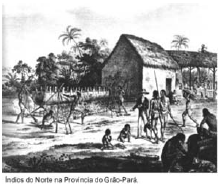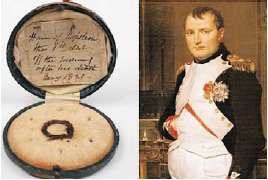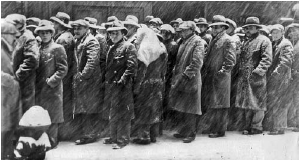How much can your tweets reveal about you? A lot! - would be the answer of psychologists James Pennebaker e Cindy Chung, at the University of Texas, who study how language relates to well-being and personality. One of Pennebaker’s most famous projects is a computer program called Linguistic Inquiry and Word Count (L.I.W.C.), which looks at the words we use, and in what frequency and context, and uses this information to study our psychological states and various aspects of our personality.
Since the creation of the L.I.W.C., in 1993, studies utilizing the program have suggested a close connection between our language, our state of mind, and our behavior. They have shown, for instance, that a person’s word choices can reveal her place in a social or professional hierarchy; and that the use of different filler words (“I mean”; “You know”) can suggest whether a speaker is male or female, younger or older, and more or less conscientious. “The words we use in natural language reflect our thoughts and feelings in often unpredictable ways,” Pennebaker and Cindy Chung have written.
The psychologist Johannes Eichstaedt and his colleagues analyzed eight hundred and twenty-six million tweets across fourteen hundred American counties(1). Then, using lists of words that can be reliably associated with positive and negative emotions, they gave each county an emotional profile. Finally, they asked a simple question: Could those profiles help determine which counties were likely to have more deaths from heart disease?
The answer was yes. Counties where residents’ tweets included words related to hostility, aggression, hate, and, fatigue — words such as “jealous,” and “bored”— had significantly higher rates of heart-related deaths. On the other hand, where people’s tweets reflected more positive emotions and engagement, heart disease was less common. The tweet-based model even had more predictive power than other models based on traditional demographic, socioeconomic, and health-risk factors.
(1) Um condado (county/counties) ou província é um aglomerado de cidades, não tão grande quanto um estado.
From: http://www.newyorker.com/science/maria-konnikova/can-tweets-predict-heart-disease
GLOSSARY: conscientious: consciencioso/cuidadoso; reliably: seguramente; profile: perfil; heart disease: doença do coração; hate: ódio; jealous: com ciúmes; bored: entediado; higher rates: taxas mais altas; engagement: comprometimento; predictive: previsível.
Read the text and answer question.




 é igual a:
é igual a:




